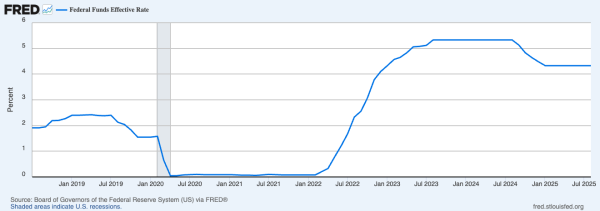How to Help When Kids Get Sick
Standards-Based Grading Allows Students to Catch up at Their Own Pace

Image by Llisole via thenounproject.
I recently missed about two weeks of school in a three week period. I had been out of town at a conference, got sick, unfortunately lost my great grandfather and then got sick again, each event leading to two or three days out of school.
Chronic absenteeism is typically defined as missing ten percent of the school year, which usually equates to about 18 days. So far, I have missed 11.5 days of school this year.
I am not chronically absent, but just from these few weeks I have more work to catch up on than I can possibly handle. Even as I write this, I am mentally going through my to-do list and what I have to accomplish today and for the rest of the week so I can catch up by the end of the quarter in two and a half short weeks.
So what about the kids who are suffering from chronic absenteeism? According to the National Association of Elementary School Principals, five to seven and a half million students are chronically absent every year. This is happening to me during second semester senior year, but what about the kids who get sick freshman year, when they’re just adjusting to high school? Or juniors, when they’re in the middle of studying for the ACT? Or worse yet, first semester seniors who might miss college deadlines due to a health crisis?
The American education system isn’t built to accommodate absent kids. By that, I mean being in high school today is already accompanied by endless stress, even without missing any school.
The six main factors that contribute to the issue include: existing bad grades, illness, bullying, caring for another family member, mental illness or health issues, and difficulties with housing and food– each of these issues must be tackled individually, but some are out of the school’s control.
Administrators must offer as many remedies as possible. Some schools offer breakfast and dinner for food challenged students, others may bring in more counselors to help students work through mental health, family, or bullying issues.
These are critical to students– in my experience, missing even one period of school can set you back for a week, or even longer, but according to a study done in Oregon, chronic absenteeism can lead to much greater consequences.
In a study titled The Connection Between Missing School and Health: A Review of Chronic Absenteeism and Student Health in Oregon, it was found that health factors can be a barrier to kids attending school, as one might already predict. But it also found that missing school leads to missing learning, which in the long term leads to lower test scores and a decreased likelihood of graduation.
If losing time in school can lead to not graduating at all, students who miss too much school are also less likely to pursue a higher education. According to the Oregon study, the education level of an adult is directly correlated to how likely they are to “smoke, be overweight, have diabetes, and die prematurely of certain chronic conditions.”
This makes sense. We can logically reason that someone with greater access to education will also have greater opportunities and job success in life, in addition to access to better health care—the more education an adult has can be a predictor of better lifetime health.
We know that there is an issue with attendance at BHS. We could get into the issues of tardies and sign-ins, but those kids still can and do show up. Are schools and teachers—not only those in Beachwood but all across the nation—prepared to handle, and more critically to help these students who cannot or will not attend school?
To me, the current grading system used by some Honors and AP science classes at Beachwood is the best option to prevent bad grades from being the reason students don’t come to school. The standards-based grading system works on, well… standards! Each standard is assessed with tests and quizzes and graded on a scale of how well the student has accomplished the goals of that standard.
With a color corresponding to each standard on the gradebook website, the system ranks a student anywhere from Mastery, Proficient, Approaching and Beginning instead of giving a number grade. Students are also able to reassess standards throughout the semester, not just the quarter, giving them a chance to improve their “grade” by reassessing only the standards they need.
As an AP Physics student, this has been a lifesaver throughout my absences. If I miss a test or do poorly on any given standard due to an absence when it was taught, I can attend academy and reassess the material at any time. In the traditional system, I have to find the time to make up a missed test before or after school, or even during another class.
I would highly recommend that more classes switch over to this style of grading—it will have no effect on students’ applications to college as it still gives a letter grade at the end of each semester and gives students much needed leeway throughout the school year, especially when they miss school.








![“My parents have always said that education is important. My parents are Chinese immigrants, I'm Chinese American, [and that's a] value that has always been ingrained in our community,” said Senior Lyndia Zheng, pictured with Tony Zheng](https://bcomber.org/wp-content/uploads/2025/10/DSC_4244-600x400.jpg)

